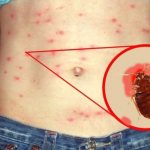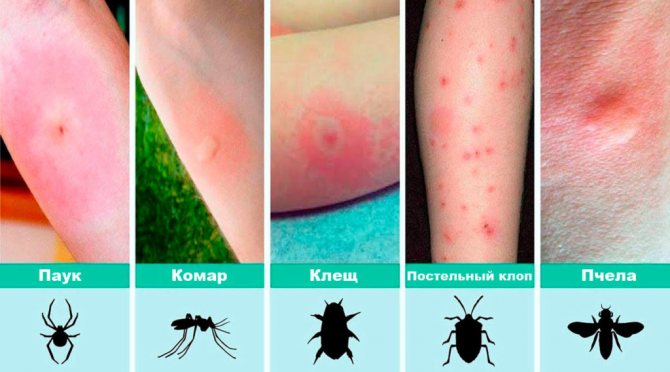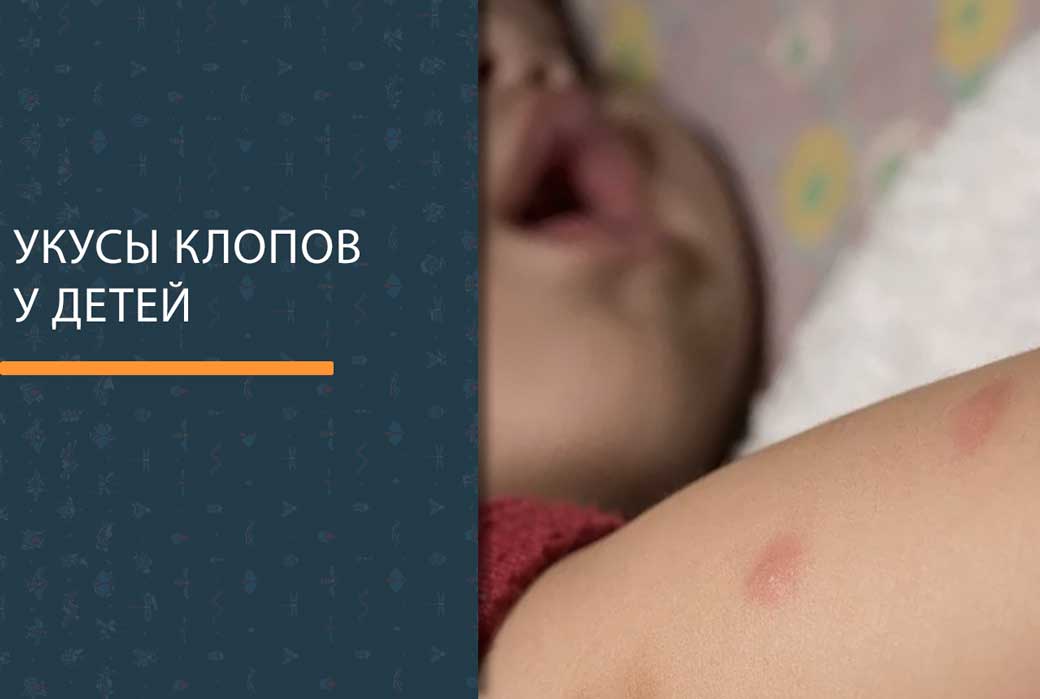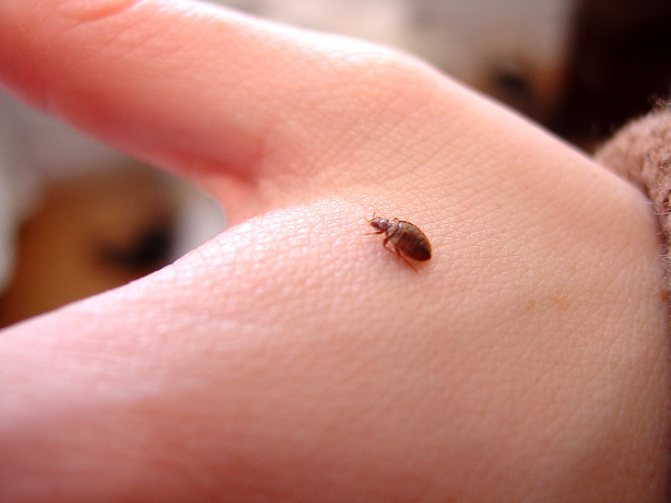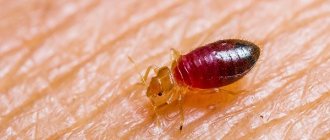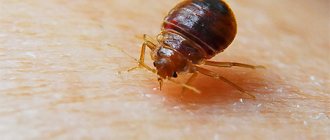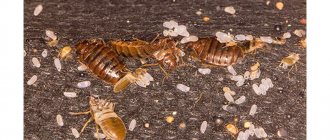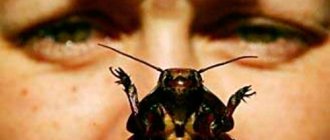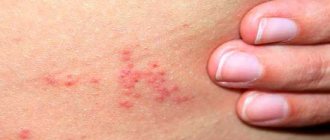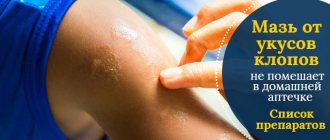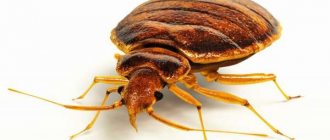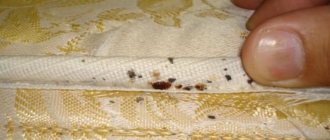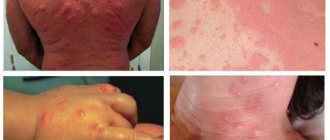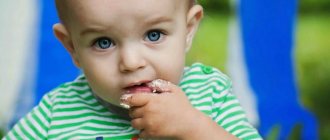Anyone at any age can be bitten by bed bugs. But there is nothing more alarming for parents than finding out in the morning home bug bites of their young children.
Since bedbugs only feed on humans and other warm-blooded animals, they can usually be found in places where there are a lot of people, such as hostels and prisons. They are also common in places that travelers pass through, such as hotels and shelters. Since bedbugs do not feed on debris or dirt, there is no connection between poor hygiene and untidiness to infestation by these nasty insects.
Even if you are a fan of cleanliness and cannot imagine dangerous insects in a nursery, you should understand that house bugs are not just synonymous with an unhealthy life. Sleeping accommodation can be contaminated in luxury hotels and resorts with five-star locations.
Children who sleep in different places are likely to be more at risk of being attacked by red bed bugs at home on their own bed. If you suspect that your beloved child was injured by arrogant blood-sucking creatures, check the bed, sheets, mattresses, bed frame and adjacent baseboards for signs of bedbugs.
What do bug bites look like and how to distinguish them from other insect bites?
At the site of the bug bite, local inflammation develops, the severity of which depends on the individual characteristics of the skin and the immune reactivity of the body. Usually, bed bug bite marks look like red or pink, rounded swellings up to several centimeters in diameter, which can merge and become large. A characteristic feature is that the bites of this insect are located in a straight line.
READ ALSO: what insect bites look like on a child's body: photo
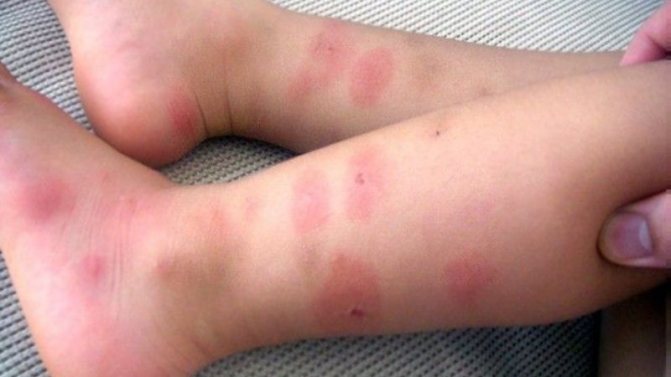
The traces of the bug on the baby's body should be distinguished from:
- Mosquito bites. For them, as a rule, less redness, swelling and severity of itching are characteristic, the site of the lesion has less clear boundaries.
- Flea bites, the tracks from which are located chaotically, are smaller in size, and often have a more regular shape. There is no pronounced edema around them, as is the case with bedbugs.
- Midge bites (more in the article: how to remove swelling after a midge bite in a child: good advice). Unlike the above-mentioned insects, midges have not a piercing, but a cutting-sucking mouth apparatus, so the moment of a midge bite is usually felt quite clearly.
- Tick bites (we recommend reading: symptoms of encephalitis in children after a tick bite). The issue of differentiation with a tick bite acquires particular relevance during the warm season, although there are cases of bites of these insects in early spring and late autumn. Anamnestic data play a special role here: whether the bitten child was in the forest, park, whether he climbed into thickets of bushes, into trees. It is widely believed that in urban areas there is practically no possibility of being attacked by a tick. It should be said that a bite in the city is possible: ticks can be carried by birds, stray animals. A tick can be picked up in public transport, where it got thanks to a mushroom picker, who was traveling from a summer cottage.Most often, if a tick has bitten, there is no severe swelling (we recommend reading: what to do if a child has been bitten by a tick?). However, this feature, like all of the above, due to the particular danger of the situation and possible variability, should be considered relative. You need to act on the principle of overdiagnosis: at the slightest suspicion of a tick bite, a child must be urgently shown to a specialist.
READ ALSO: swelling from a mosquito bite: first aid for a child
Harm inflicted
Previously, it was believed that these insects attack only dysfunctional apartments with unsanitary conditions. But this is not the case. These nosy bugs can penetrate absolutely in any home.
In living quarters, there are mainly bed bugs or house bugs. These insects feed on blood, the mouth apparatus of these individuals is piercing-sucking.
With a small proboscis they pierce human skin, suck blood, at the same time injecting your saliva into the damaged area, which causes unbearable itching in the puncture area. These harmful bugs are chosen as their prey by the owners of thin and delicate skin - women and children.
Symptoms that appear in a child after a bug bite
Soon after an attack by bedbugs, children develop itching, the severity of which can vary within different limits, depending on the characteristics of the organism.
Painful sensations for the defeat of bedbugs are not very typical. There are frequent cases of the development of allergic reactions, especially in weakened children. Itching and redness at the same time become highly pronounced.
It is not often possible to develop dangerous conditions in the form of anaphylactic reactions, allergic edema of the upper respiratory tract. Their symptoms are represented by a deterioration in the general condition, breathing disorders, a drop in blood pressure, and changes in the heart rhythm.
Treatment: medicines and folk remedies
Properly provided first aid will reduce the child's sensitivity to the effects of a bite, so it is important to know what to do in such situations.
In case of a slight manifestation of an allergic reaction (slight redness, not severe itching), the damaged area should be washed with cool water and laundry soap or rubbed with alcohol. This procedure will prevent bacteria from entering open wounds and will noticeably reduce itching.
If the child has acute pain, severe skin rash and fever, it is necessary to give him an antihistamine. For these purposes, it is perfect (the age at which you can start using the tool is indicated in parentheses):
Pills:
- Cortisone (from 6 years old);
- Eden (from 12 years old);
- Tsetrin (from 2 years old);
- Diazolin (from 2 years old);
- Diphenhydramine (from 1 year old);
- Tavegil (from 6 years old);
- Fenkarol (from 3 years old);
- Zodak (from 1 year old);
- Lopatadin (from 2 years old).
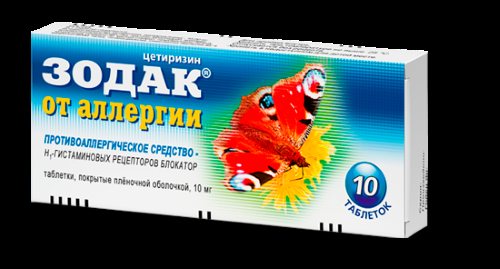

Gels:
- Fenistil (from 2 months);
- Psylo-balm (from 2 years old);
- Lifeguard (from 1 year old);
- Afloderm (from 7 months);
- Coventol (from 1 year old).
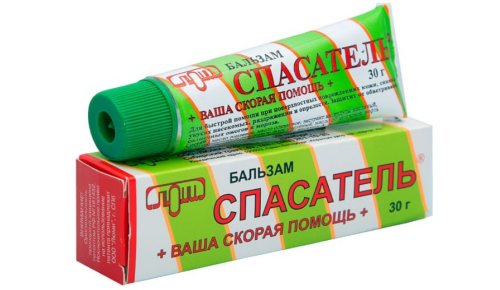

Drops:
- Fenistil (from 1 month);
- Suprastin (from 1 month);
- Tsetrin (from 2 years old);
- Erius (from 2 years old);
Attention: the use of drugs must be agreed with the attending physician!
In order to bring down the temperature, the child needs to be given an antipyretic and given plenty of fluids to drink:
- Panadol;
- Ibuprofen;
- Paracetamol.
If the swelling and temperature does not subside after treatment, you should immediately consult a doctor.
Along with medicines, folk remedies for bedbug bites can be successfully used for external treatment:
- Decoctions of chamomile, string, sage;
- A paste made from baking soda and water;
- Lemon juice;
- Aloe juice;
- Peppermint oil;
- Vietnamese star.


One proven way to relieve itching is by taking a hot shower. It is believed that hot water dulls nerve endings and prevents them from transmitting information about itching to the brain.Such a simple manipulation will relieve you of itching for several hours.
Bedbugs in kindergarten or school are a common occurrence; it is from these childcare institutions that the child often brings this parasite home. And it doesn't matter whether it is a rural school or an elite Moscow kindergarten, everyone is equal before bedbugs. Bloodsuckers do not feed on garbage or dirt, so uncleanliness and poor hygiene in no way contribute to their appearance.
Why are the bites of these blood-sucking insects dangerous?
Despite the fact that most often the most terrible consequence of a bug bite is itching, in some cases complications may develop:
- Allergic reactions. Up to such formidable conditions as anaphylactic shock and laryngeal edema.
- Attachment of a bacterial infection.
- Psychogenic reactions. Bedbugs crawling on the bed and skin are very unpleasant. The child may develop neurotic disorders, sleep disorders, as a result of which school performance decreases, and relationships with others deteriorate. In addition, due to chronic stress, a decrease in immunity is possible.
READ ALSO: a child was bitten by a mosquito and his eye is swollen: how to relieve inflammation?
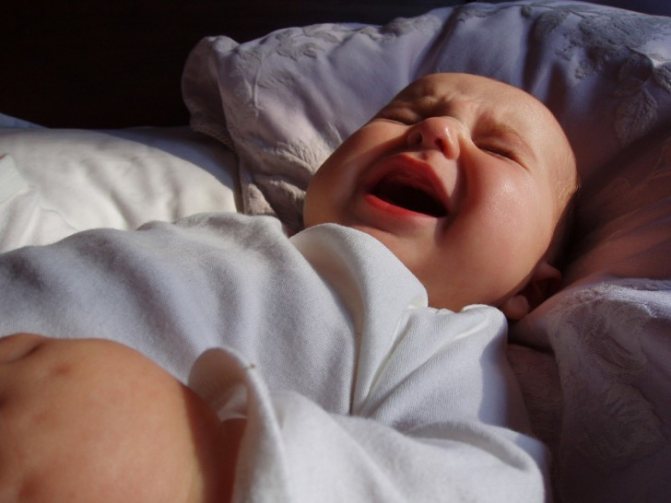

Temporary protection measures
If there is no way to relocate the baby, then you can temporarily protect him using the following methods:
- Wormwood twigs will help scare off bloodsuckers. Place them next to your bed.
- Put a sachet with mint and cedar oils in the pillow.
- Keep bedding in the freezer. The cold temperature will kill the insect larvae.
- Try to cover your baby's body with pajamas as much as possible. Better to put on socks on the legs.
Such measures will help reduce the number of bites, but only temporarily. If bugs are found in the apartment, you should contact the special service for their destruction. If the bites appear after going to kindergarten, then report the suspicions to the caregivers.
Show the child to the therapist in order to avoid negative health consequences. If you have problems with sleep, then a consultation with a psychologist will help.
What to do if a child is bitten by a bug?
In this case, the first step is to think about the sanitary and hygienic conditions of life. There are many medicines and traditional medicine recipes that can be used for skin lesions with bedbugs. It should be said that preference should be given to drugs. If necessary, in case of complications or doubts, it is necessary to seek qualified medical help.
What drugs can be used to lubricate bites?
All antiseptics used in everyday practice are used to treat bite sites: alcohol solutions of iodine, brilliant green, etc. Water-based antiseptics are less preferred because they do not have a tanning effect. In addition, it is advisable to smear the affected area with specialized ointments from insect bites.
With a pronounced allergic component (severe itching, redness), the issue of visiting an allergist in order to study the immunological status and prevent the development of undesirable consequences is relevant. Antihistamines can be used as emergency measures:
- local action - Fenistil-gel;
- systemic action - Suprastin, Claritin, Tavegil, etc.
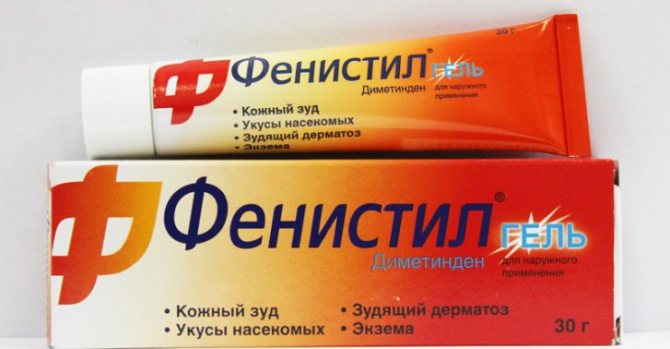

Before using drugs, you should carefully study the description of the drug, because some of them are contraindicated in children under two years of age.
Treatment of bites with folk remedies
Bedbug bites in children can also be treated using the experience of traditional medicine, which is not so preferable. It should be used only in uncomplicated cases of bites and in the absence of the necessary medications at hand:
- Antimicrobial treatment can be carried out using decoctions and infusions of medicinal herbs that have an antiseptic effect: chamomile, calendula, St. John's wort.
- To relieve itching, use local cooling, compresses with a decoction of oak bark.
Loading ...
First aid for baby bug bites
The bites of crawling bloodsuckers on the child's body are unsafe and can cause various health problems, so you should take timely measures and protect the little person.
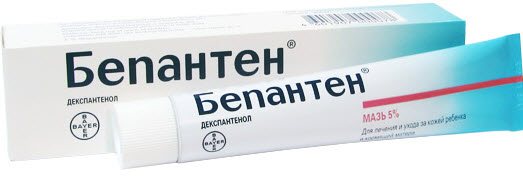

First of all, it is advisable to give the baby an antihistamine, this helps to relieve itching and swelling. With improvised means, you can do the following:
- Wash bite marks and lesions with soap or soda solution.
- Use a decoction of string, chamomile, oak bark for lubrication and rubbing into bite wounds.
- Use pharmacy products: Fenistil gel, Rescuer ointment.
If the baby has other symptoms - the temperature rises, the child is capricious, you should urgently consult a doctor for qualified help.
Do not forget about preventive measures aimed at preventing insects in the child's room:
- periodically inspect the baby's bed for the presence of insects and traces of their vital activity;
- in the morning, inspect bedding for brown blood stains from crushed bed bugs;
- restoring the child's bed, turning over and inspecting the mattress from the back.
At the first sign of insects in the crib, take urgent measures to get rid of parasites. Otherwise, the baby will become the first victim of little bloodsuckers.
Do not forget - the bugs smell a little and there will be a perceptible smell of peroxidized raspberries or brandy in the room. Since insects like to choose places of their localization closer to children, then the smell can be caught next to a crib.

